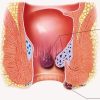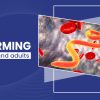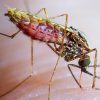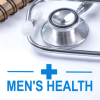- Empty cart.
- Continue Shopping
How to Protect Yourself from Chemical Exposure
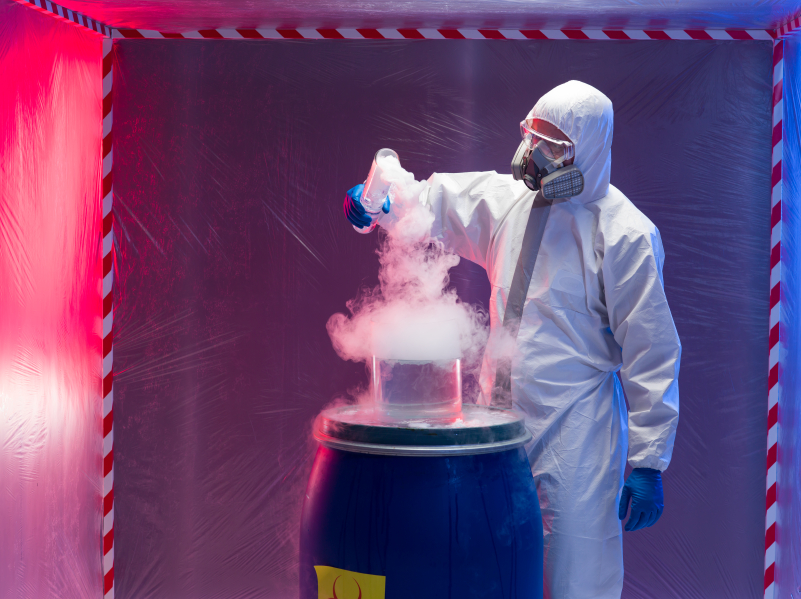
In our modern world, we encounter chemicals in various forms daily. While many chemicals are essential for our way of life, prolonged or excessive exposure to certain chemicals can pose health risks. To safeguard your well-being, it’s important to be aware of potential sources of chemical exposure and take steps to protect yourself.
Sources of Chemical Exposure
Chemical exposure can occur through various sources, including:
1. Household Products: Cleaning agents, pesticides, air fresheners, and cosmetics often contain chemicals that can be harmful if used improperly or excessively.
2. Food and Water: Pesticide residues, food additives, and contaminants in water can lead to chemical exposure through the consumption of food and beverages.
3. Air Pollution: Outdoor air pollution, as well as indoor air pollutants like tobacco smoke and volatile organic compounds (VOCs) from building materials and furnishings, can contribute to chemical exposure.
4. Workplace: Occupational exposure to chemicals is common in certain industries, such as manufacturing, agriculture, and construction.
5. Medications: Prescription and over-the-counter medications can have side effects or interactions that result in chemical exposure.
6. Environmental Pollution: Chemicals released into the environment, including industrial chemicals and hazardous waste, can contaminate soil, water, and air, affecting nearby communities.
Strategies for Protecting Yourself from Chemical Exposure
1. Read Labels
Pay close attention to labels on household products, food items, and cosmetics. Look for products that are free of harmful chemicals or have undergone third-party testing for safety. Choose products with clear ingredient lists and avoid those with unfamiliar or potentially harmful substances.
2. Use Household Products Wisely
Follow manufacturer instructions when using household cleaning products and pesticides. Use them in well-ventilated areas, wear protective gear when necessary, and store them securely out of reach of children.
3. Choose Organic and Natural Foods
Opt for organic foods when possible, as they are less likely to contain pesticide residues. Wash fruits and vegetables thoroughly, and consider peeling them when appropriate. Be mindful of food additives and preservatives, and aim for a balanced diet rich in fresh, whole foods.
4. Filter Your Water
If you are concerned about contaminants in your tap water, consider using a water filtration system that can remove impurities. Regularly replace filters to maintain effectiveness.
5. Ventilation
Ensure proper ventilation in your home by opening windows and using exhaust fans when cooking or using chemicals. This helps reduce indoor air pollution and prevents the buildup of VOCs.
6. Be Mindful of Indoor Air Quality
Reduce indoor air pollutants by avoiding tobacco smoke, using natural or low-VOC paints and furnishings, and regularly cleaning and maintaining your HVAC system.
7. Safe Medication Use
Follow your healthcare provider’s instructions when taking medications, and inform them of any allergies or adverse reactions you may have experienced in the past. Be cautious with over-the-counter medications and supplements, as they can interact with prescription drugs.
8. Occupational Safety
If you work in an industry with potential chemical exposure, follow safety guidelines, wear protective equipment, and participate in workplace safety training programs. Report any unsafe conditions to your employer.
9. Stay Informed
Keep yourself informed about potential environmental hazards in your community. Participate in local environmental advocacy efforts and support policies that promote environmental protection and public health.
10. Personal Care Products
Choose personal care products, such as lotions and cosmetics, with fewer chemicals and additives. Consider natural alternatives when possible.
In Conclusion, Protecting yourself from chemical exposure requires awareness, vigilance, and informed decision-making. By adopting these strategies and making conscious choices in your daily life, you can reduce your risk of harmful chemical exposure and create a healthier and safer environment for yourself and your loved ones. Additionally, supporting efforts to reduce environmental pollution and promote chemical safety can contribute to a safer and more sustainable world for all.




